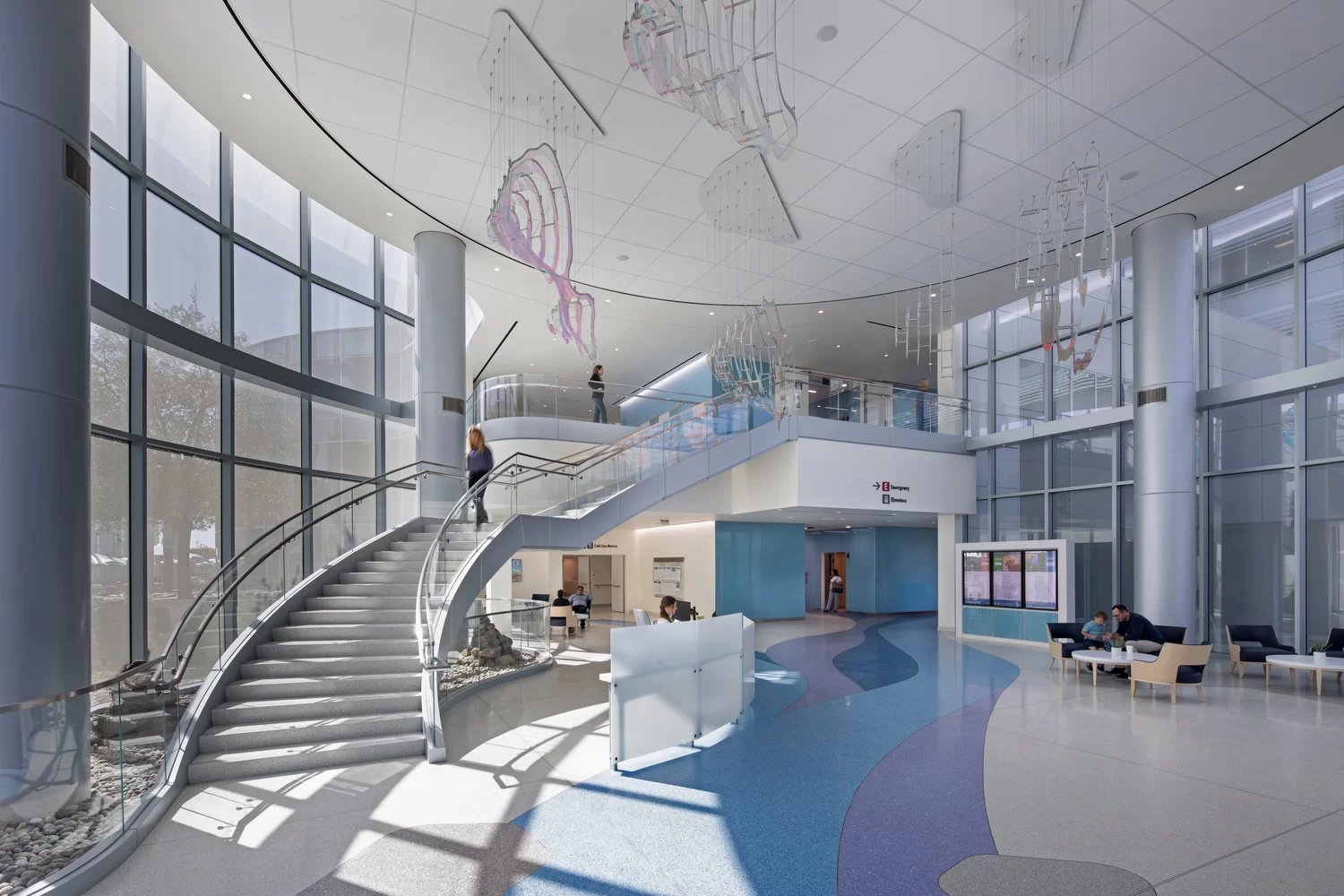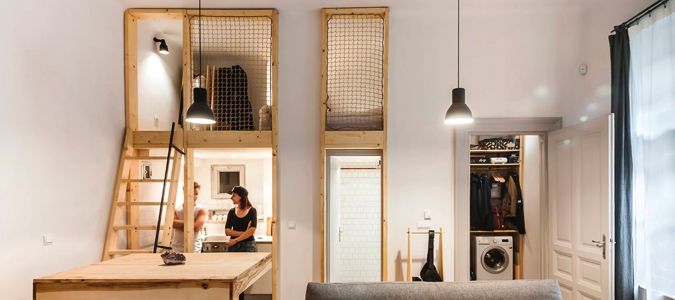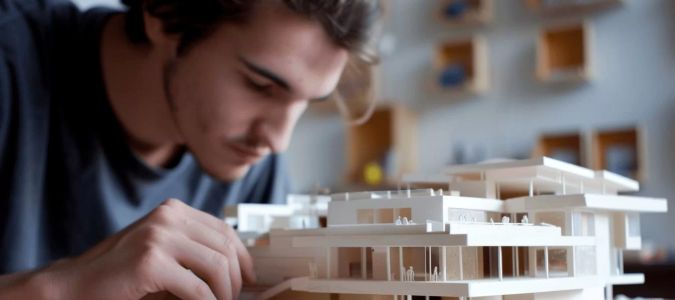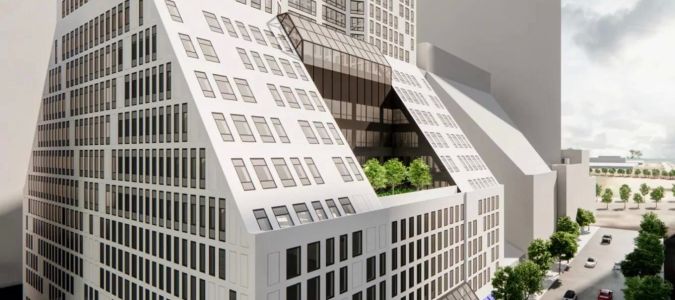The Role of Architects in Designing Healthcare Facilities and Hospitals
- 1. The Importance of Architects in Healthcare Design
- 2. Key Factors in Designing Healthcare Facilities
- 3. The Impact of Hospital Architecture on Patient Care
- 4. Real-World Examples of Successful Healthcare Designs
- 5. The Future of Healthcare Facility Design
1. The Importance of Architects in Healthcare Design
Architects play a critical role in the design and construction of healthcare facilities and hospitals. Their expertise goes far beyond aesthetics; they are responsible for creating functional, efficient, and healing spaces that contribute to the well-being of patients and staff. The design of a hospital or healthcare facility impacts everything from patient outcomes to operational efficiency, and architects must consider a variety of factors, including accessibility, safety, comfort, and workflow.
Healthcare architecture is unique because it requires a delicate balance between design, function, and human comfort. A well-designed space can reduce stress, promote healing, and enhance the overall healthcare experience for patients, visitors, and medical staff. Architects, therefore, are instrumental in creating spaces that are not only visually appealing but also support the needs of healthcare professionals and the people they serve.
2. Key Factors in Designing Healthcare Facilities
Designing healthcare spaces involves addressing several key factors that ensure the facility is effective, efficient, and supportive of the people who use it. These include:
- Patient-Centered Design: A healthcare facility’s design should prioritize the comfort, privacy, and well-being of patients. This can be achieved through thoughtful spatial layouts, comfortable waiting areas, and quiet rooms that promote relaxation and recovery.
- Workflow and Efficiency: Architects must ensure that hospital layouts support the efficient movement of patients, staff, and equipment. The flow of care—from admitting patients to moving them to different departments—should be streamlined to minimize delays and maximize efficiency.
- Safety and Accessibility: Healthcare facilities must be designed with safety and accessibility in mind, meeting legal regulations and ensuring that the space is easy to navigate for everyone, including people with disabilities. Accessibility should be a priority in every aspect, from entrance ramps to wide corridors for medical equipment.
- Sustainability: Green building practices are increasingly important in healthcare facility design. Architects are incorporating sustainable elements, such as energy-efficient lighting, natural ventilation, and eco-friendly building materials, to reduce the facility’s environmental impact.
These factors must all be thoughtfully integrated into the design to create a space that serves its purpose while maintaining a pleasant, healing environment for patients and staff alike.
3. The Impact of Hospital Architecture on Patient Care
The physical environment of a hospital has a significant impact on patient care and recovery. Research has shown that well-designed healthcare facilities can lead to improved patient outcomes, reduced stress, and quicker recovery times. Several aspects of hospital design directly influence the healing process:
- Natural Light: Incorporating natural light into hospital rooms and common areas has been proven to reduce stress and improve mood. Patients with access to daylight tend to recover faster and experience less anxiety during their hospital stay.
- Noise Reduction: Hospitals are often loud environments, but architects can reduce noise through design elements such as soundproofing materials, strategic placement of equipment, and creating spaces that are quieter and more private for patients.
- Therapeutic Environments: By incorporating calming colors, artwork, and natural elements like plants, architects can create an environment that promotes mental and emotional healing. These details contribute to a more welcoming and supportive space for patients and visitors.
Good design can contribute to a more positive experience, not just for patients, but also for staff members who work in these environments. A well-designed hospital can reduce stress and improve overall job satisfaction for healthcare providers.
4. Real-World Examples of Successful Healthcare Designs
Several hospitals around the world have been recognized for their innovative and impactful designs that prioritize patient care and efficiency. Here are a few examples:
- The Khoo Teck Puat Hospital (Singapore): This hospital is designed to promote healing through its connection to nature. With its garden-filled courtyards and abundant natural light, the hospital provides a peaceful environment for both patients and visitors. Its design has been lauded for its integration of greenery and open spaces that improve well-being.
- Healing Garden at the Cleveland Clinic (USA): The Cleveland Clinic’s Healing Garden is an excellent example of how outdoor spaces can enhance patient recovery. This garden, designed as a sanctuary, offers patients a peaceful retreat to help reduce stress and speed up recovery.
- Royal Children’s Hospital (Melbourne, Australia): This hospital features whimsical design elements, colorful interiors, and engaging public spaces. The child-friendly design is aimed at reducing the anxiety of young patients and their families, making the hospital experience less intimidating for children.
These hospitals demonstrate how thoughtful architecture can have a profound effect on patient recovery, staff efficiency, and overall patient satisfaction.
5. The Future of Healthcare Facility Design
The future of healthcare facility design looks toward further integration of technology, sustainability, and patient-centered care. Architects are already exploring the use of artificial intelligence, smart technologies, and telemedicine to improve hospital designs and enhance the patient experience.
Buildings of the future will likely include more adaptable spaces that can be quickly repurposed for various needs, such as emergency situations or outpatient care. Sustainable practices will continue to be at the forefront, reducing environmental impact while improving energy efficiency and air quality.
Additionally, the focus will be on creating more flexible spaces that can easily adapt to evolving healthcare needs, particularly in response to global health challenges.
Architects are playing an essential role in the evolution of healthcare design, creating spaces that not only support the needs of patients and staff but also foster healing and well-being. If you’re looking to explore innovative and thoughtful healthcare designs for your next project, visit 10 Jay Street for more information and expert guidance on designing impactful spaces.









